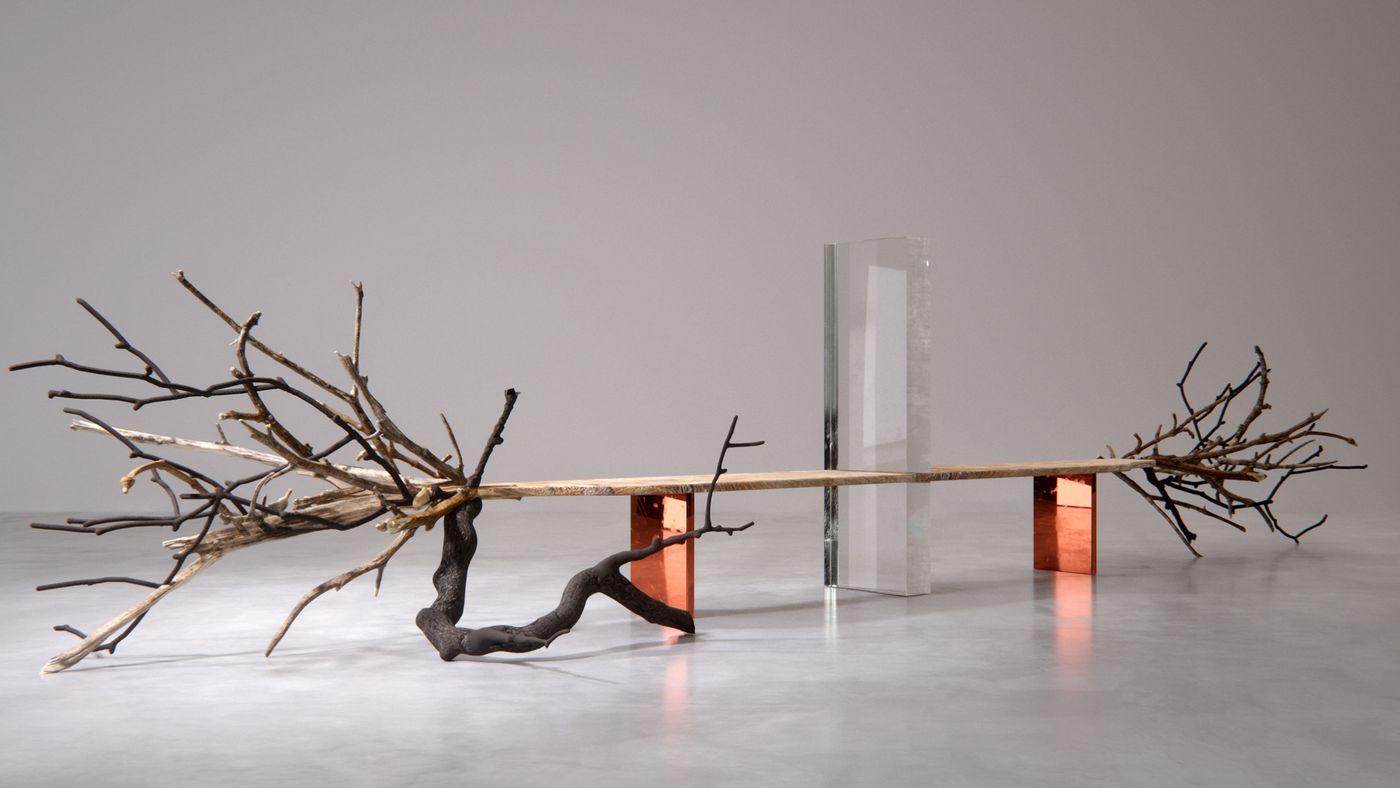
The Chimeric Creations of Russian Artist Gregory Emvy
Words by Eric David
Location
The Chimeric Creations of Russian Artist Gregory Emvy
Words by Eric David
Russian artist Gregory Emvy likes to think outside the box so it's not supersizing that his latest series defies categorization by walking a fine line between painting and sculpture. Working with an eclectic palette of marble, concrete, copper and wood, dexterously merged together in rectangular inlays-cum-reliefs, his recent work hovers between abstraction and figuration. Featuring an assortment of contrasting textures—rough vs. smooth, polished vs. brushed, warm vs. cool—colour juxtapositions and a tension between the suppleness of organic motifs and the hardness of geological or industrial sensibility, the pieces nevertheless achieve a rewarding sense of harmony.
Taking his approach one step further, Emvy has created a chimerical furniture collection by combining incongruous materials, varying transparencies and contrasting shapes. A cross between Surrealism, Constructivism and Arte Povera, Emvy’s furniture is both stark and whimsical, blurring the line between the natural and the artificial. Dividing his time between Moscow, London and Mexico, as well as being a fashion influencer, Gregory found some time to talk to Yatzer about his latest work, social media, and life in Mexico City
(Answers have been edited for brevity.)

Photo © Gregory Emvy.
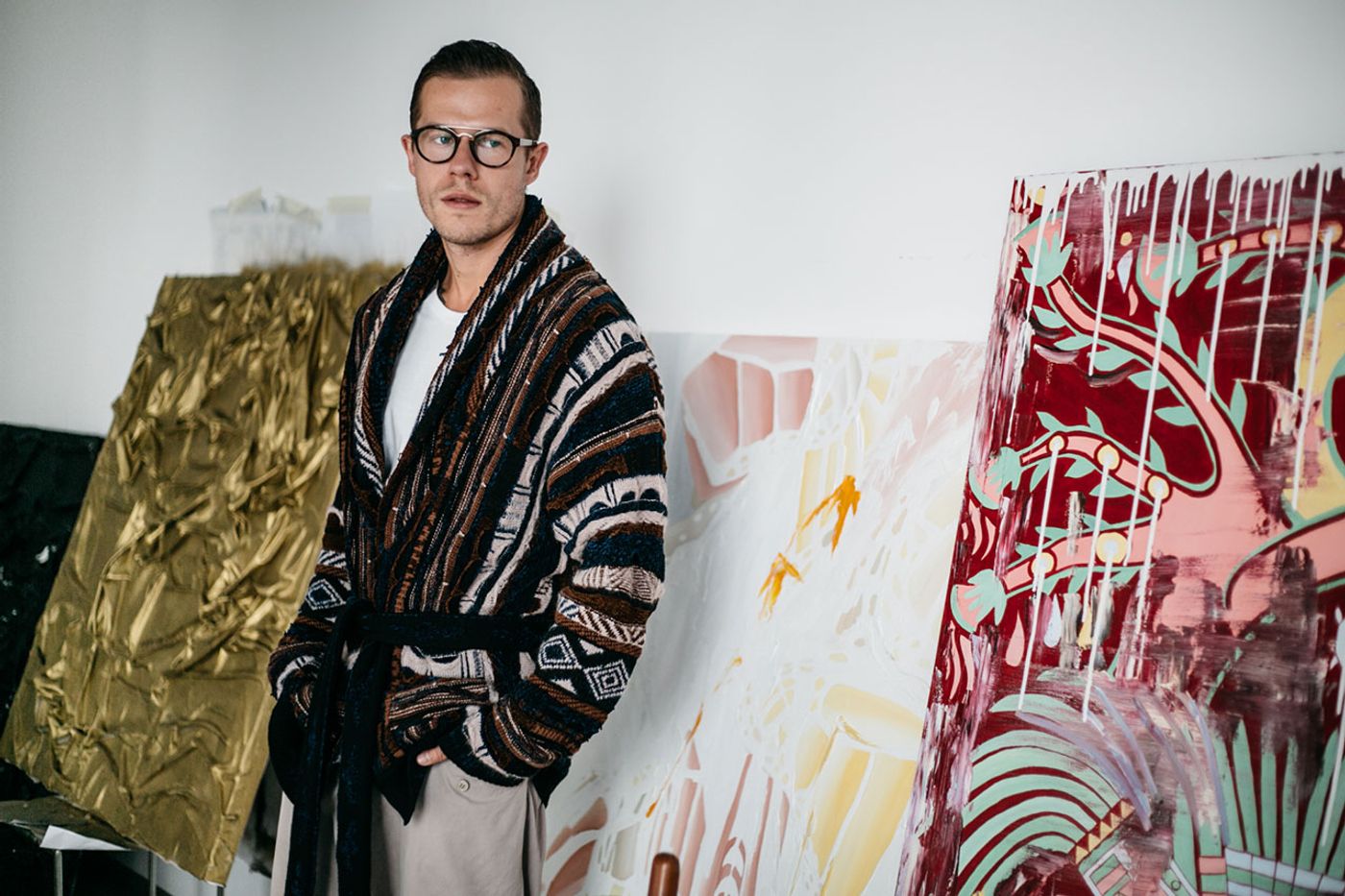
Photo by Aldo Decaniz.
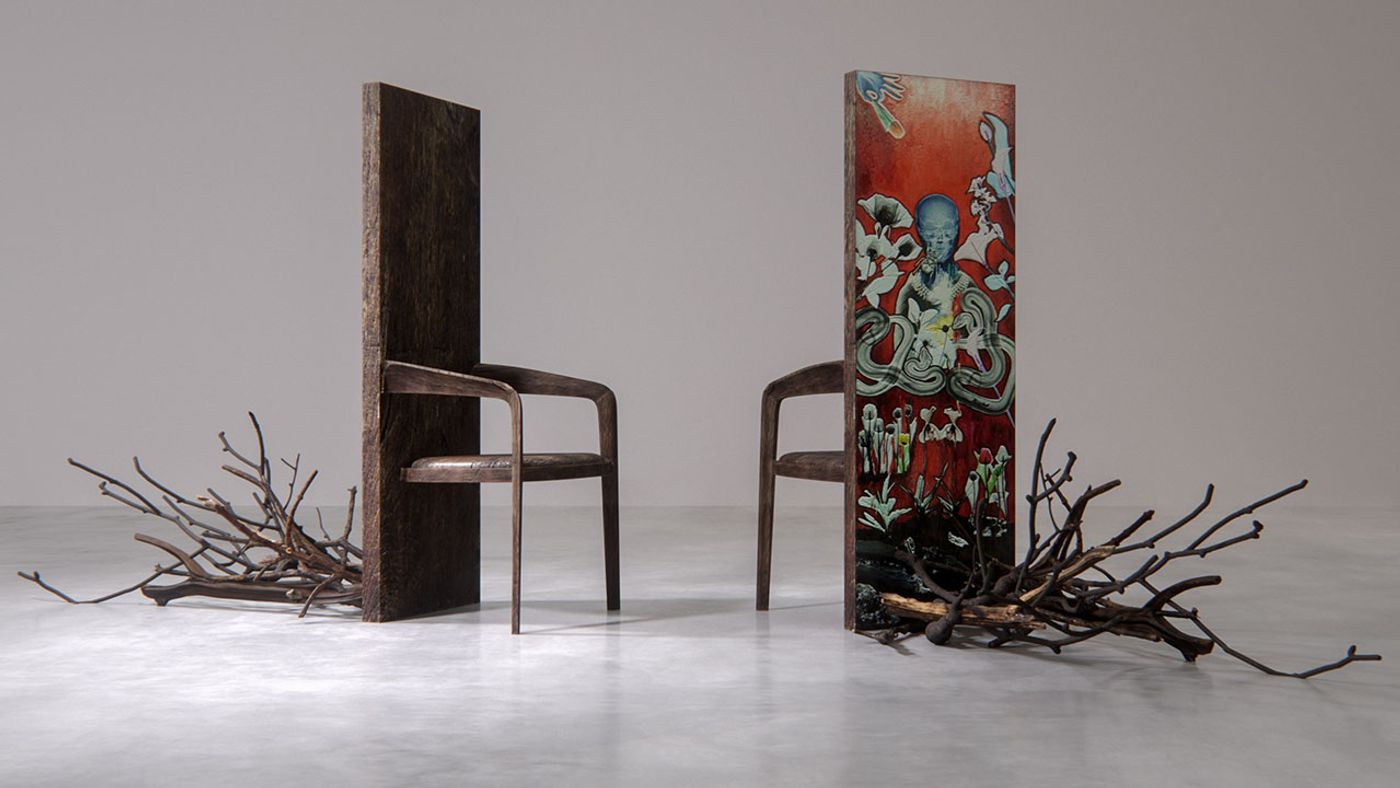
Photo © Gregory Emvy.
Where does your artistic sensibility come from? Is the impetus behind your work a need for self-expression, an attempt to make sense of the world or a desire to create something beautiful?
I am a very sensitive person. My perception of beauty comes from within, and the stories I share reflect my inner experiences. We are all living beings who strive to grow and develop. Right now, I’m living and working in Mexico City. It’s surrounded by nature and is steeped in culture which blows my mind. This beauty inevitably translates into my works.
You have labelled your latest artwork as “architectural constructions”. What do you mean by this and how did you transition from oil painting to this sculptural sensibility?
There was a time when I wanted to become an architect but life took a different path. Architecture is the language of giants, the largest system of visual symbols created by humanity. Just like artists, architects are people of action, not words - they aim to create. We are just different in creative techniques. To me, simplicity is the most important and, yet, the most difficult thing in both architecture and art. When working with simple forms, beauty and harmony can only be achieved via correct proportions. In my works I use textures and colours to find this harmony.
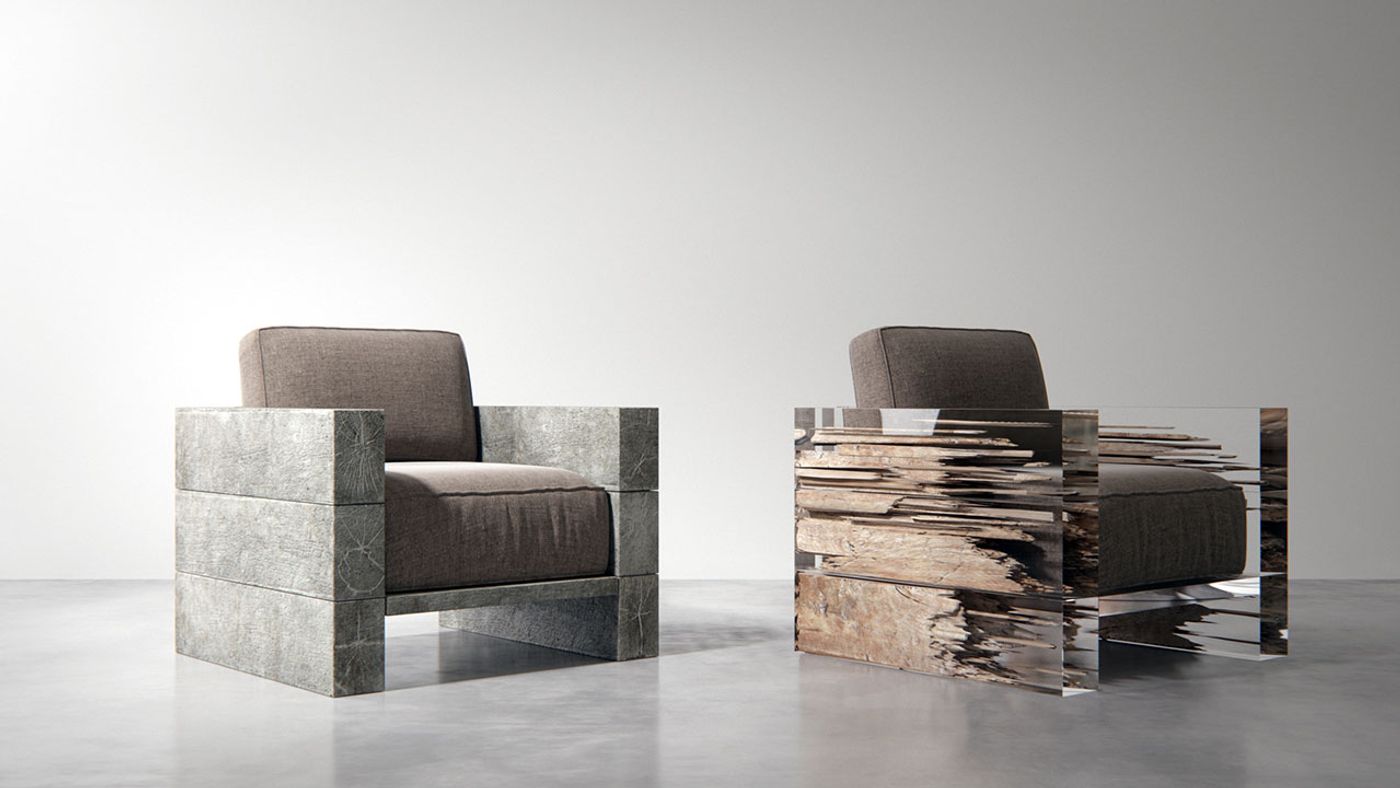
Photo © Gregory Emvy.
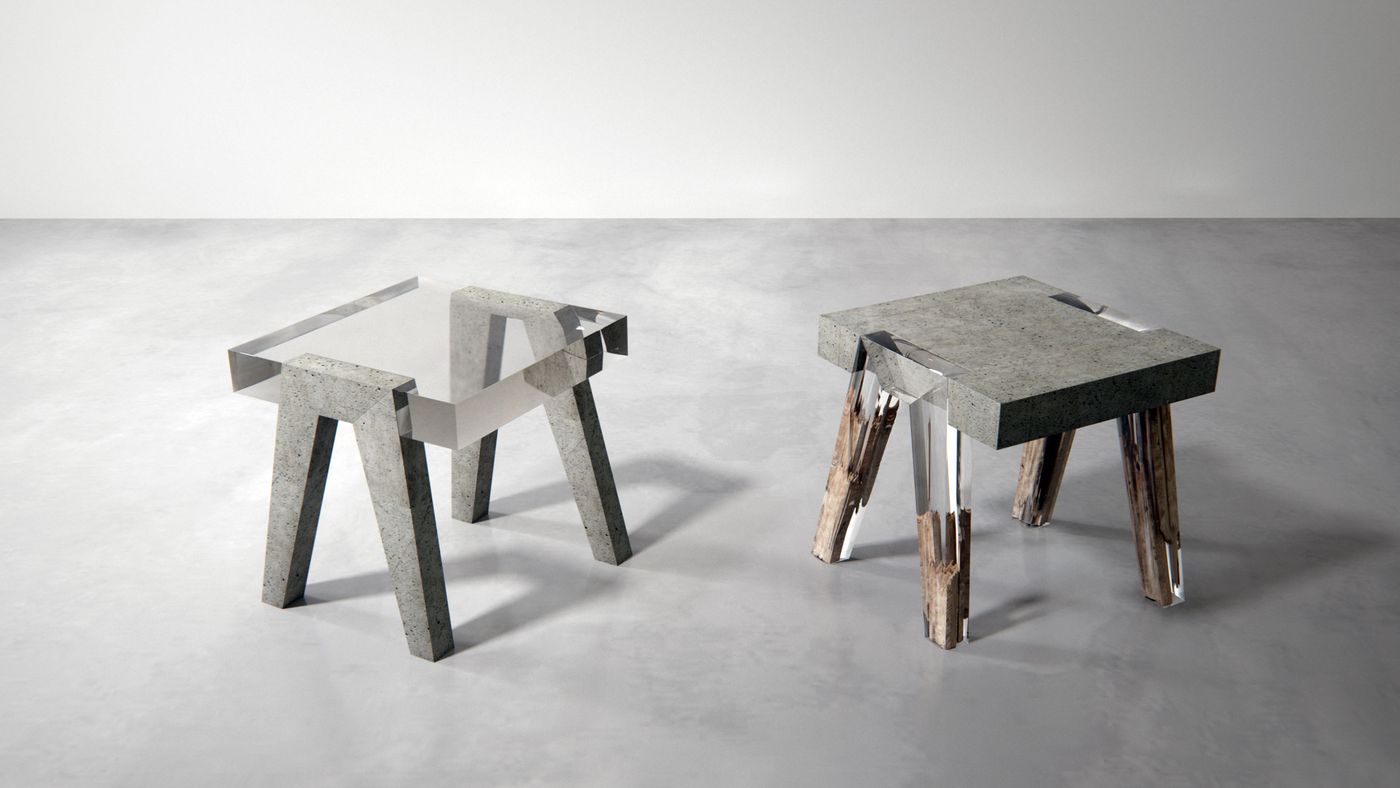
Photo © Gregory Emvy.
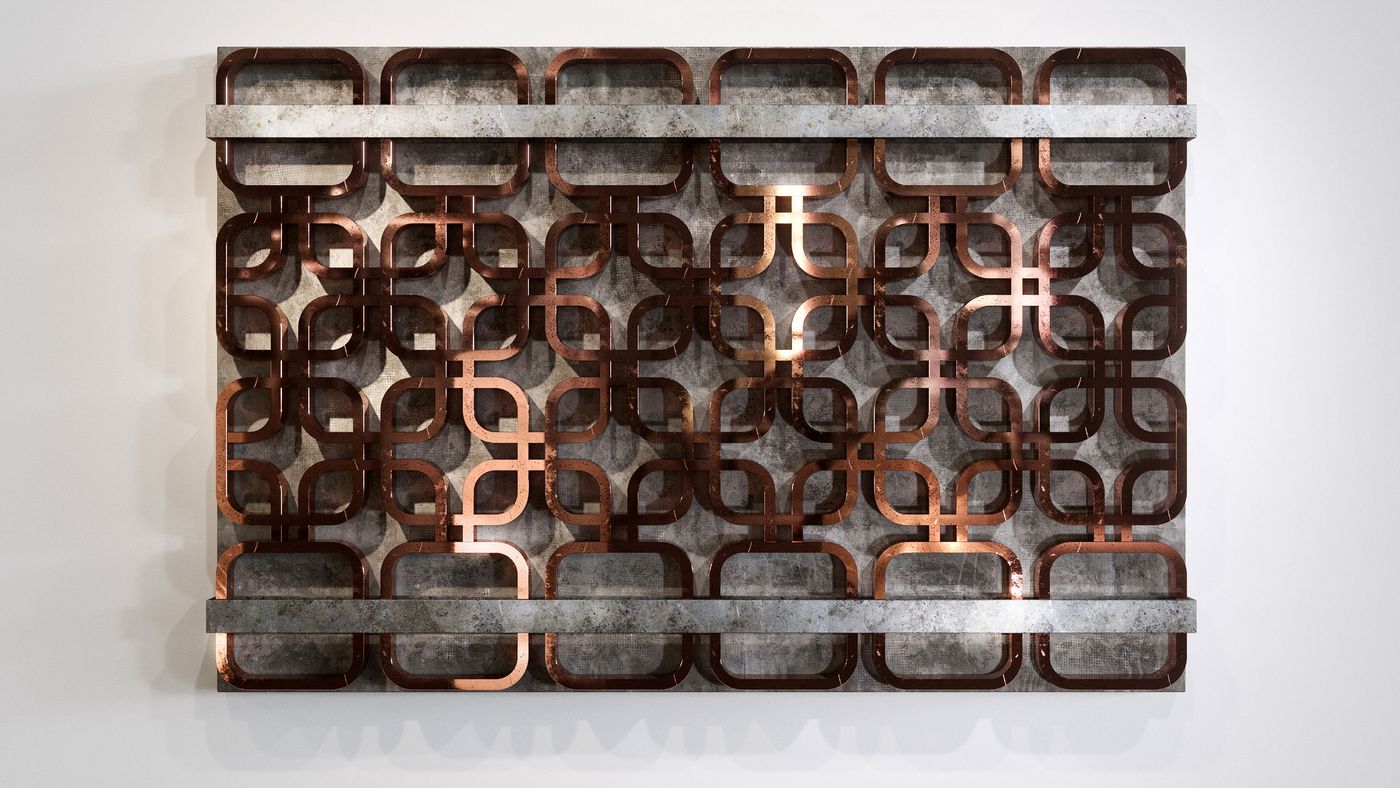
Photo © Gregory Emvy.
In your series Confluence you combine seemingly incongruous materials such as marble, concrete, wood and copper to produce works that have an organic or geologic sensibility. What does this fusion of the man-made and the natural signify? How do you choose which materials to mix in each piece?
Through these works I am attempting to interpret the many notions of Confluence. It's not limited to combining different materials, forms and techniques. Perhaps, someone will recognize traces of Soviet modernism, while others will see rivers and waterfalls. There is something for everyone to see and relate to.
For me, the moment of revelation comes when I find the correct proportions among the elements. The finished pieces are projections of my identity and the emotions triggered by the vision of the different textures uniting in one entity. It’s a play between the life of the creator and his imagination.
How difficult was working with such materials? What challenges did you encounter?
There are technical difficulties when it comes to piecing bits of marble together. It has to be the right width, plus you need to find the right foundation so marble can stick to it. With copper, you have to figure out the right temperature for melting and find a way to pour it onto the marble. These are all fascinating processes and I enjoy finding solutions to the issues I encounter.

Photo © Gregory Emvy.
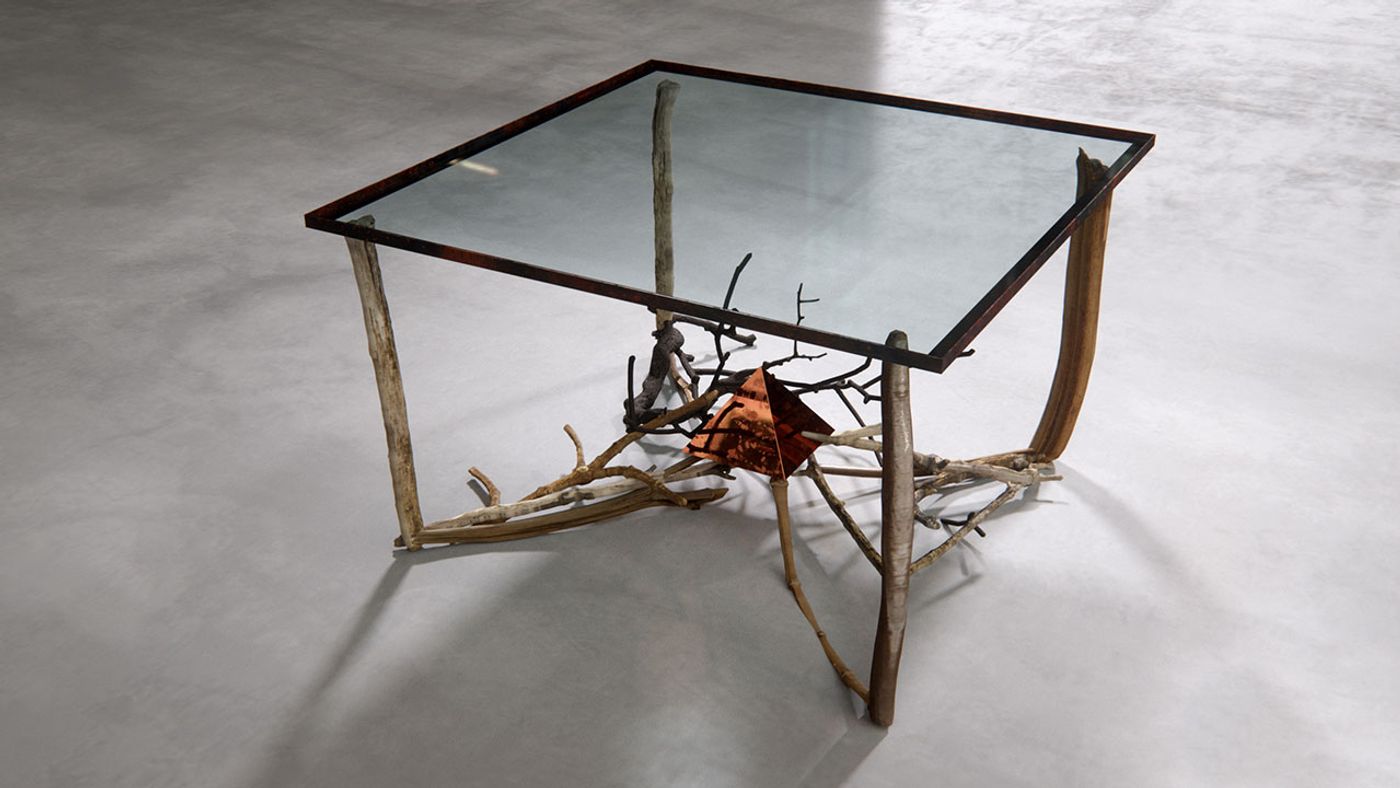
Photo © Gregory Emvy.

Photo © Gregory Emvy.
For this series of work you were based in Mexico. How did you end up in Latin America? How did this new setting influence your work and how different is working in Mexico compared to Europe?
Earlier this year I was awarded a scholarship from MUAC [Museo Universitario Arte Contemporáneo in Mexico City] and decided to pursue a Master’s degree there. I’m always open to new experiences; you never know where they will lead you and your art! My experience of living and working in Mexico has reshaped my artistic vision to a great extent. I can see that my works have become more serious and deep. There’s also more subtlety, I’m not trying to tell the whole story. Instead I let the audience fill in the gaps.
Every morning I wake up to see jungle forests. I go to the nearby market to get things for breakfast, greeting the local craftsmen working with textiles, leather and minerals. This is my morning ritual and my inspiration. It’s hard to experience this in Europe, unless you love far away from big city life.
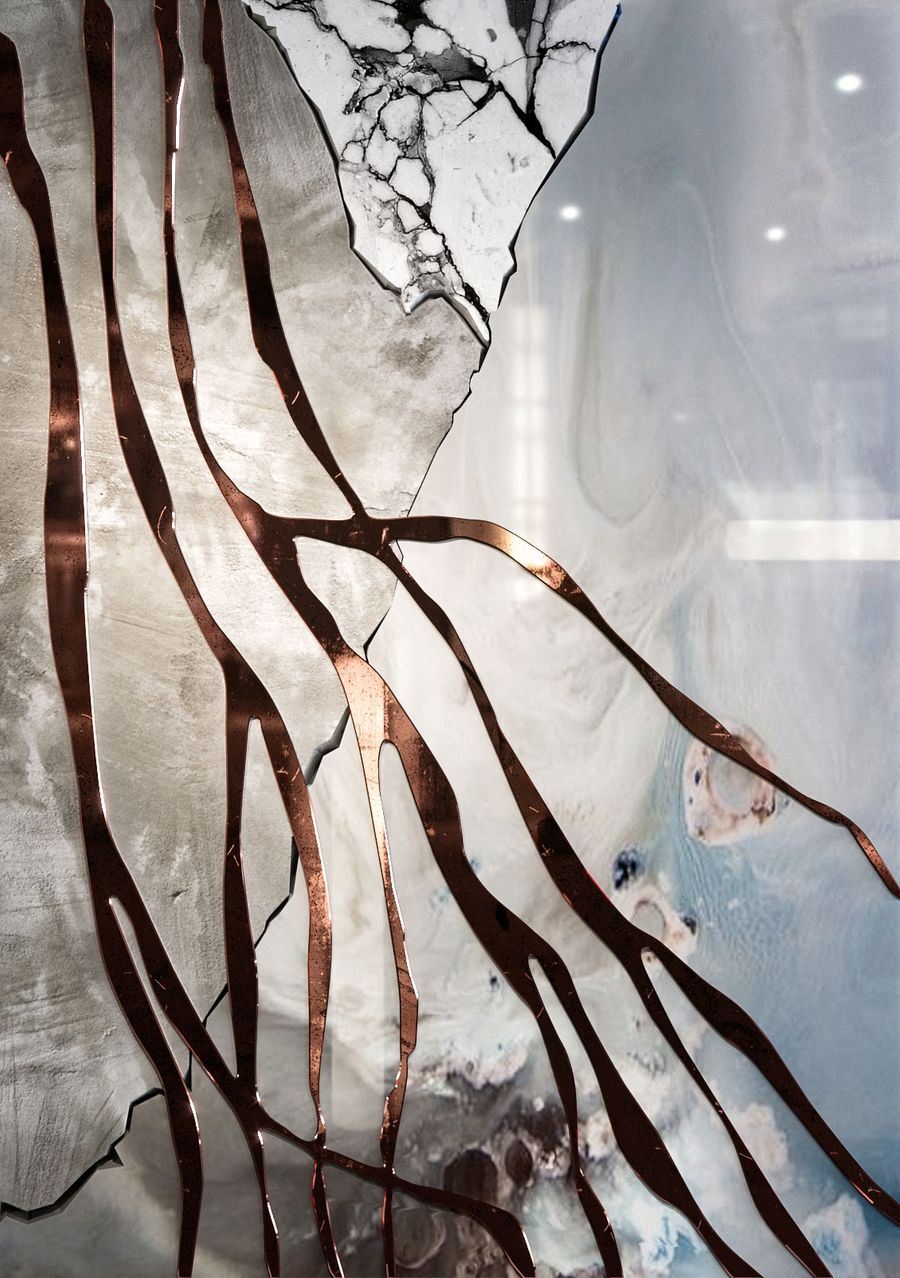
Photo © Gregory Emvy.
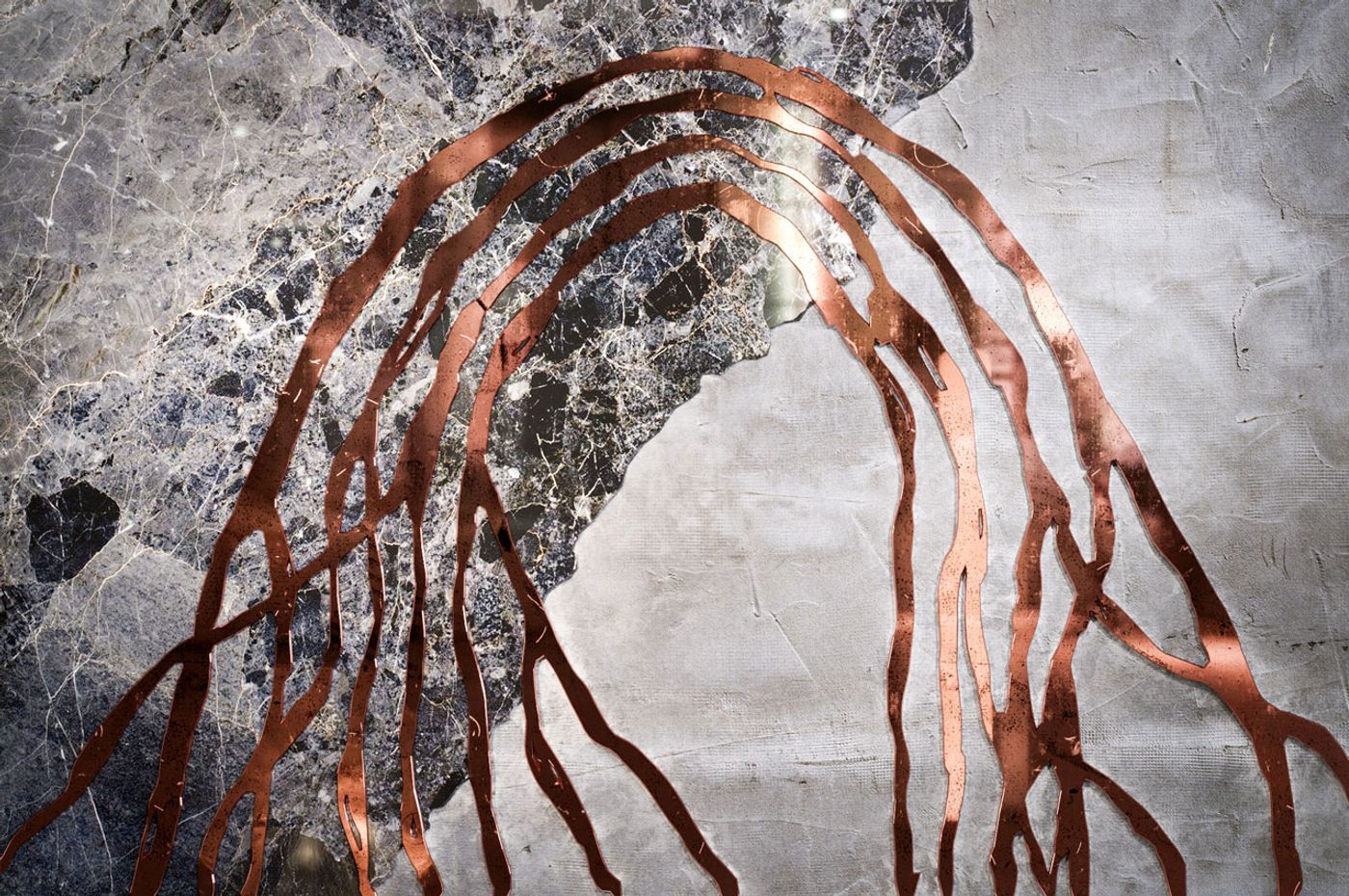
Photo © Gregory Emvy.
Tell us a bit about your work process. Do you thoroughly plan each new piece with sketches and mock-ups, or is there an element of spontaneity and natural evolution in your work?
I have a large sketch book for preliminary drafts where I also keep samples of materials. I also use it for sketching outdoors and in Museums—the local Museum of Anthropology being my favourite; I can spend hours drawing inspirations there. I then refine my drawings, sorting out ideas and methods. Of course, there’s room for spontaneity too. Towards the end when applying finishing touches, I sometimes review my vision and revise accordingly.
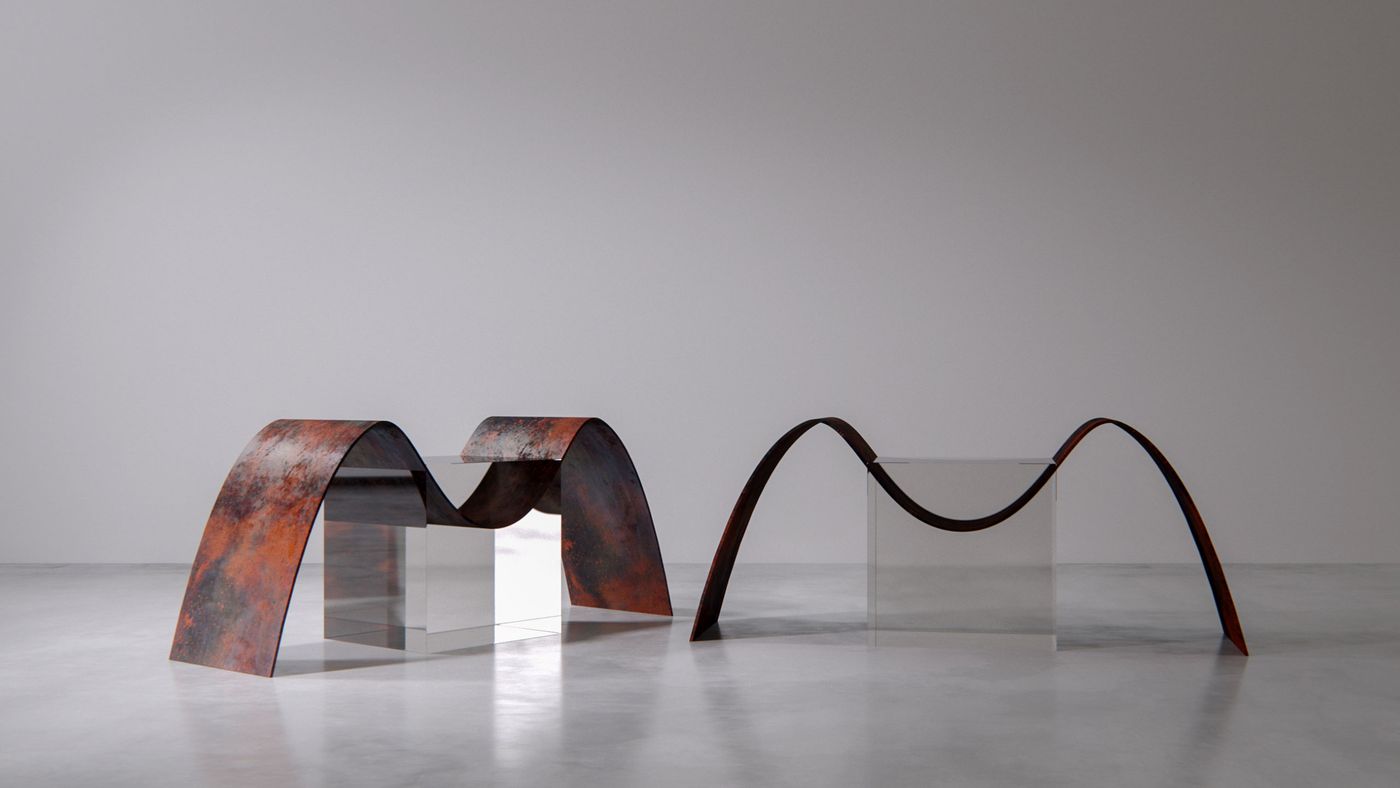
Photo © Gregory Emvy.

Photo © Gregory Emvy.
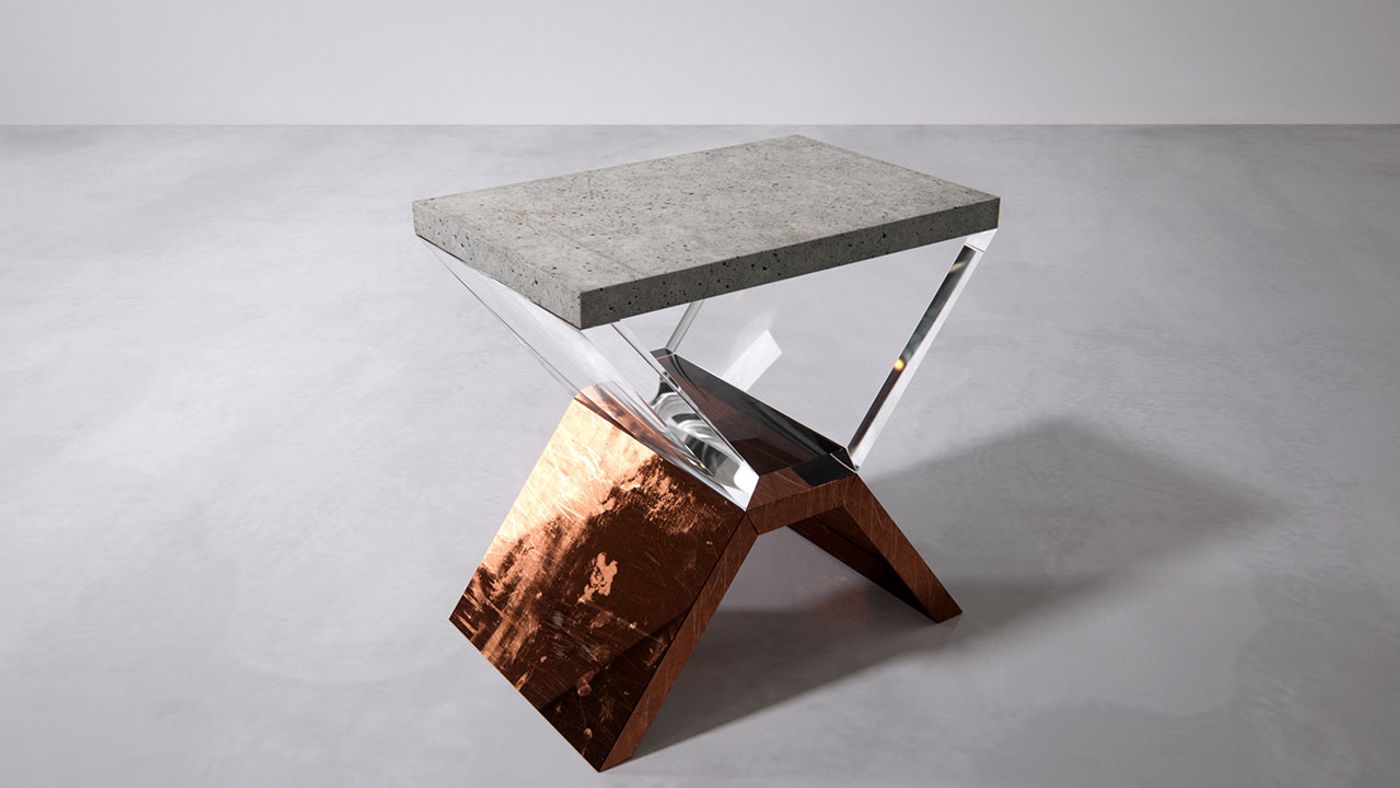
Photo © Gregory Emvy.
Where did the idea to create a limited line of furniture come from? Do you consider these pieces to be primarily artworks or products?
To me, my furniture is primarily art. An idea of mine may migrate from paintings to furniture, to ceramics, etc. but the message will remain the same regardless of the medium. I also don’t want to turn my art works into commodities so this is just a limited collection.
Similarly to your sculptural paintings, your pieces of furniture are a synthesis of stark juxtapositions but they also display a whimsical sense of playfulness. What was the primary driving force behind the creative process: aesthetics, originality or humour?
There is this joke that goes: “What happens if you cross a hedgehog and a snake? You get a 10 meter long barbed wire”. The intention behind my furniture creations is to show what happens when architecture and nature cross paths. That’s why you can see the prevalence of geometry in some pieces and weaving floral patterns in others.
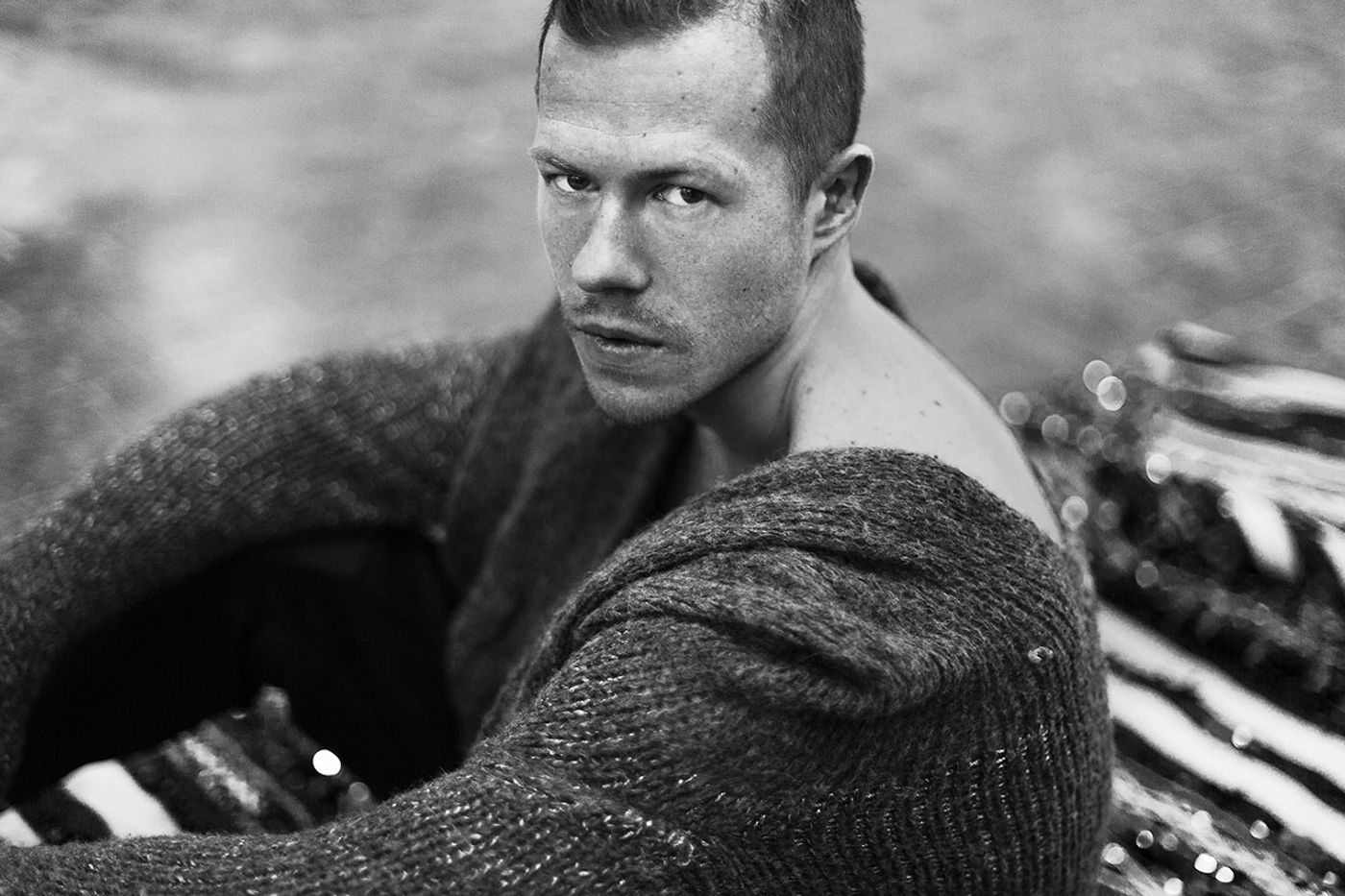
Photo by Jenia Filatova.

Photo © Gregory Emvy.
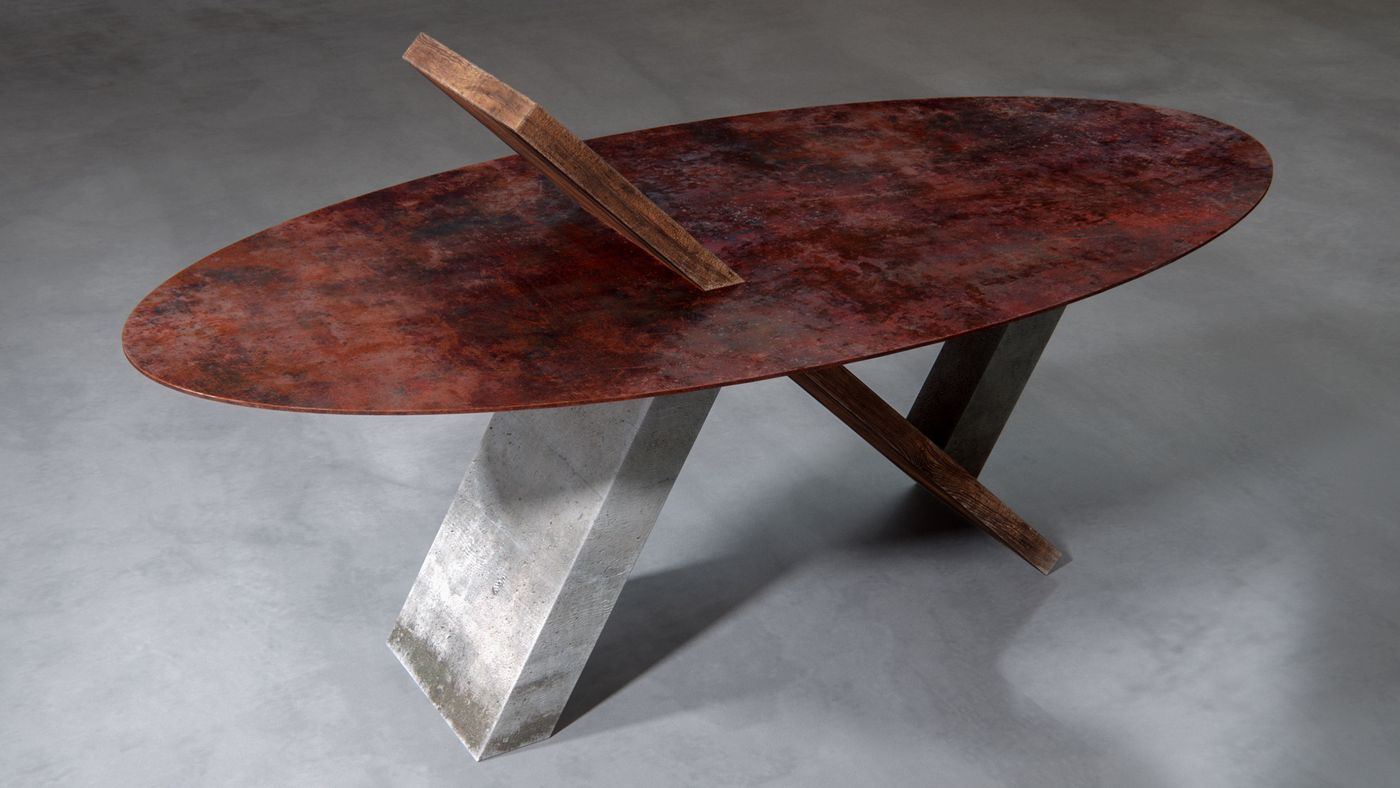
Photo © Gregory Emvy.
You have an active social media presence. How effective do you believe tools like Instagram are for the promotion of artistic output?
The power shift in the 21st century triggered by social media has been quite amazing. Instagram is a powerful tool for an artist if you know how to use it. It never fails to surprise me how many serious work requests I get from designers and architects through Instagram. So you have to take it seriously! A lot of people are more accessible via social media than through their representatives or websites.
What are the pitfalls?
It does bug me a little bit that the world now feels smaller. You get an instant exposure to world events, celebrity updates—a lot of things that used to be private or not accessible. You also have to be careful with separating your private from your public life when using social media. Whatever you share online becomes part of your reputation.
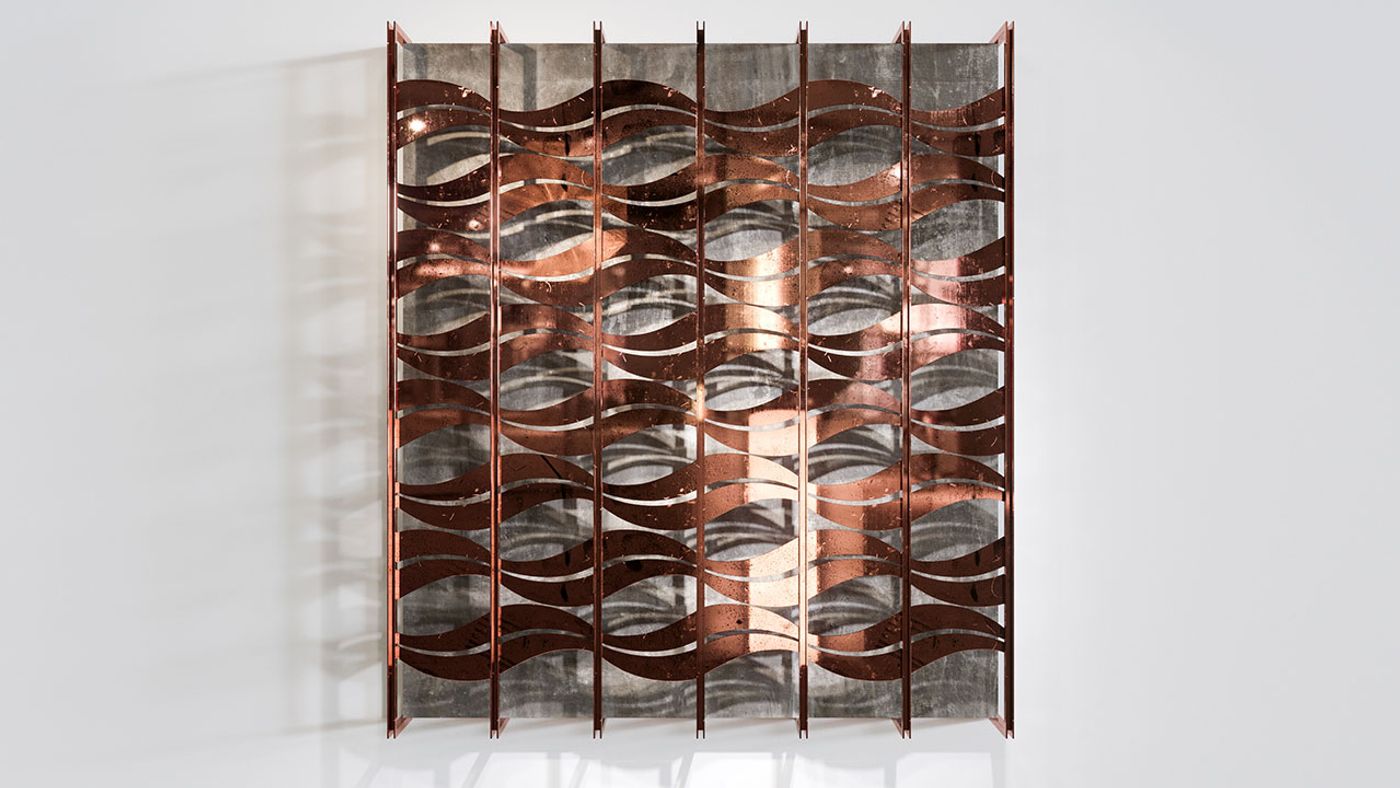
Photo © Gregory Emvy.
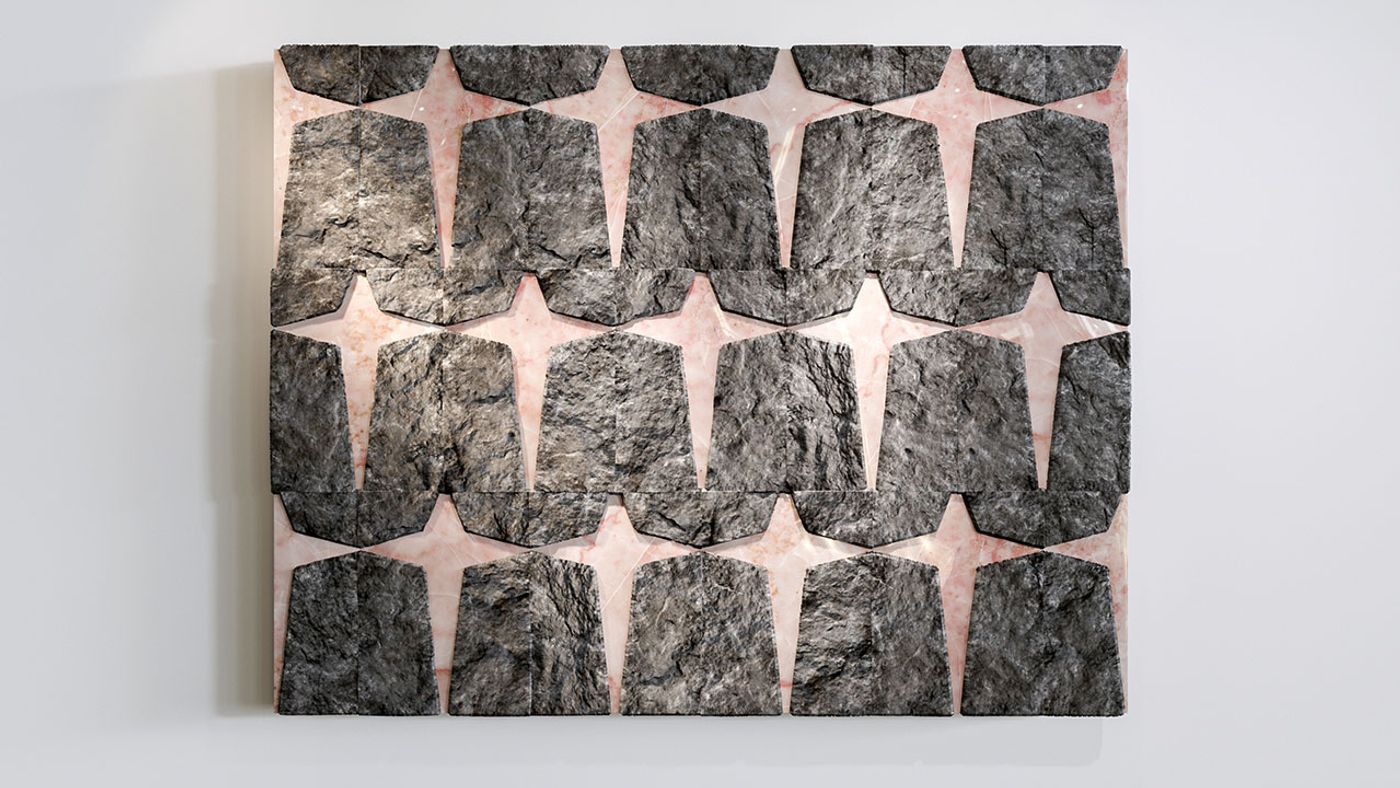
Photo © Gregory Emvy.
Besides your artistic endeavours, you’re also a rising style icon. How did your interest in fashion arise and how has it influenced your work as an artist and vice versa?
I always get a bit shy when I get compliments about my fashion style. In my real life - my work studio life—I wear pretty modest attire and can wear the same outfit for a week. To me art and fashion go hand in hand—take designs by YSL or McQueen. A couple of years ago I started receiving invitations to shows from a number of fashion designers because it turned out they were inspired by my works. There are a few collaborations in the works. Time will tell what comes out of them.
What are you working on right now? What are your plans for the future?
I am launching a ceramics collection in a month - featuring vases, sculptures and random objects. I am very happy about it and have been totally consumed by the creative process.My other upcoming project is a furniture series made up of lights and candle stands, sculptures and desks. Nature has a heavy presence in this collection but so do advanced technologies. I am incorporating copper, volcanic stone and resin by dissolving them into small pieces and exposing them inside out. This is a very intimate and exciting process for me.

Photo © Gregory Emvy.
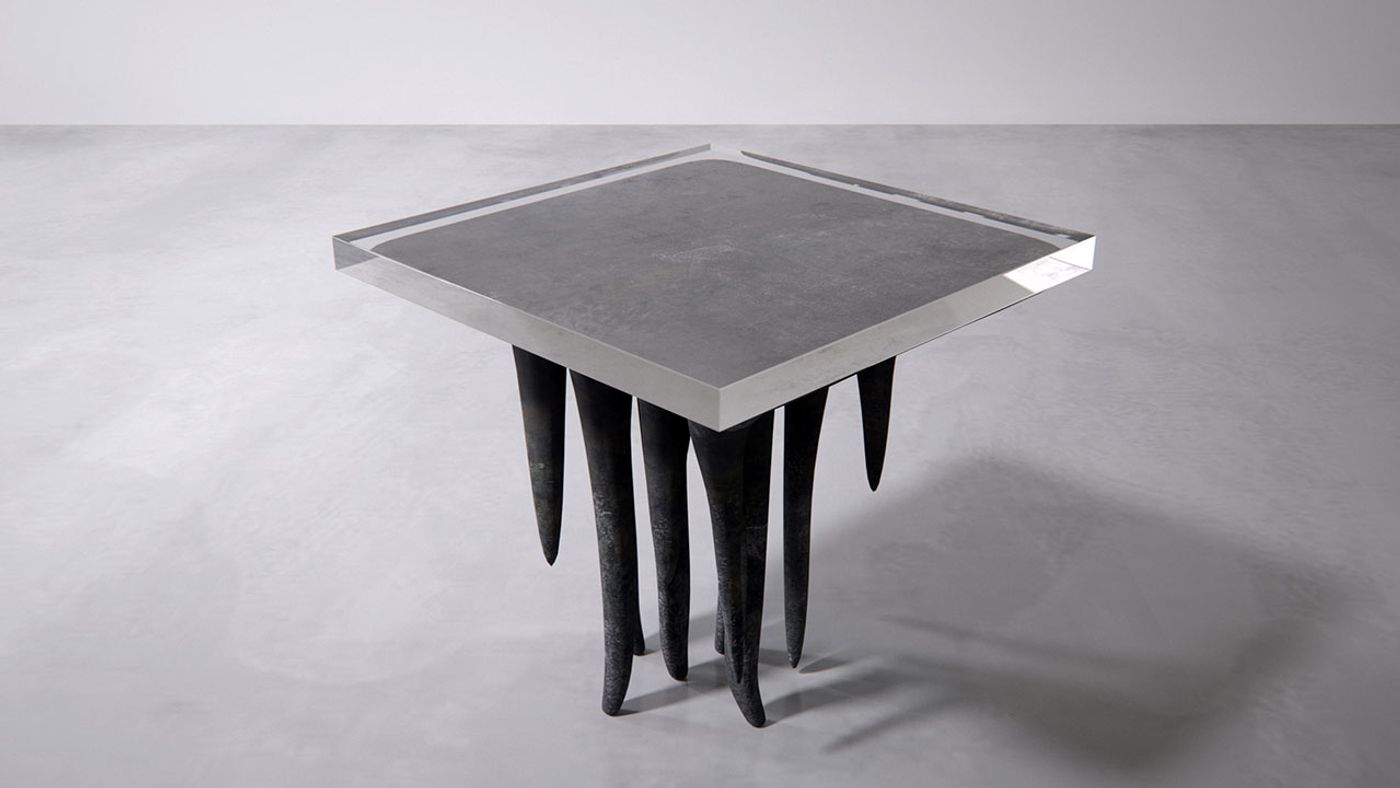
Photo © Gregory Emvy.
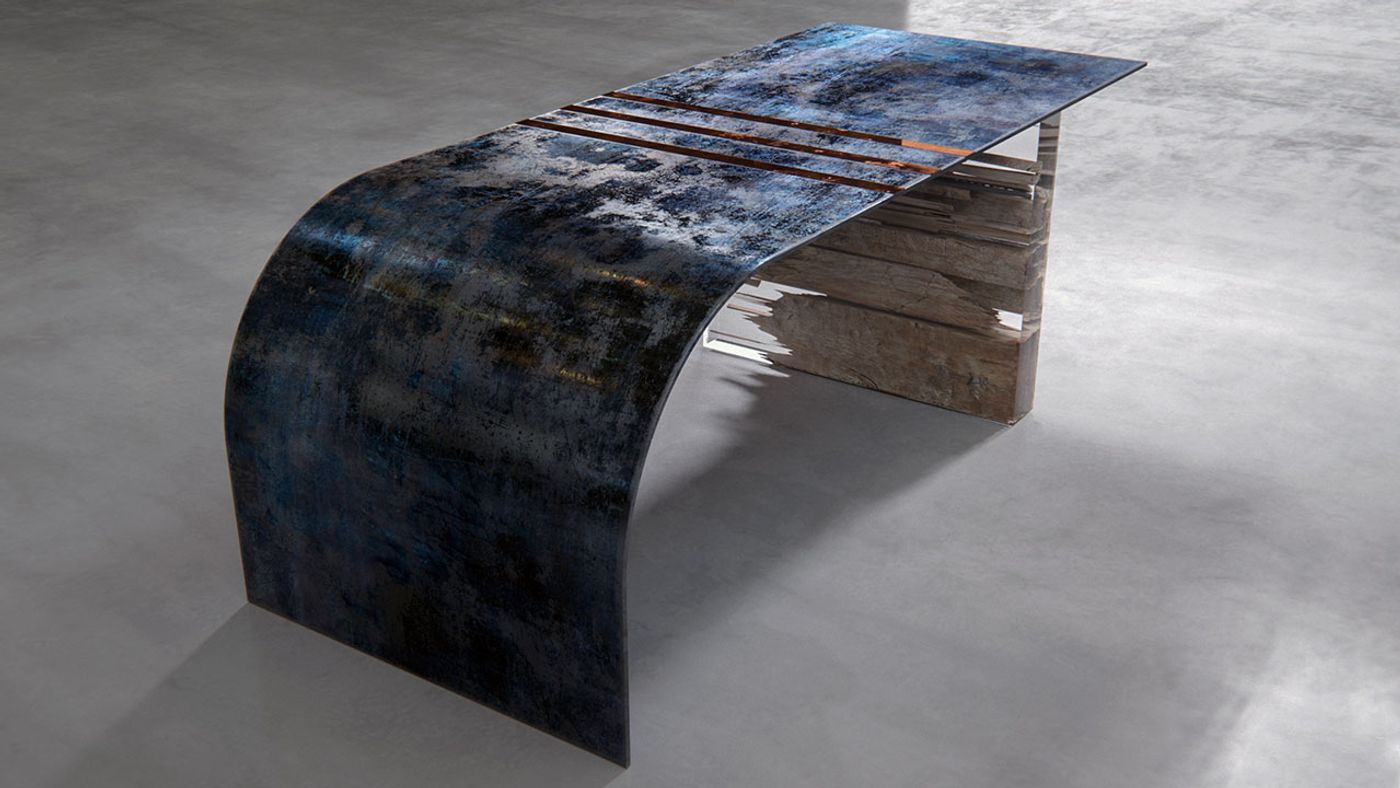
Photo © Gregory Emvy.

Photo © Gregory Emvy.